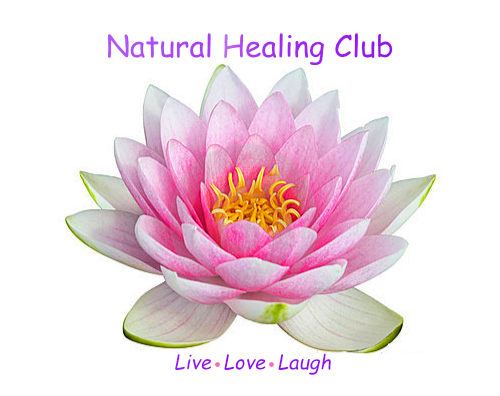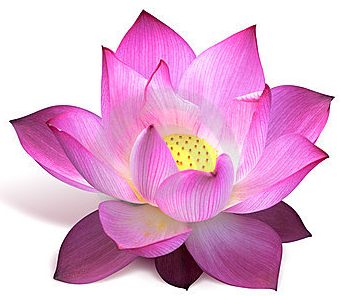About CBD and CANNABIDIOL – The Science of CBD
Hemp was our first agricultural crop, and remained the planet’s largest crop and most important industry until late last century. Most of the non-Western world never stopped growing hemp, and today hemp for commercial use is grown in many other countries.Hemp In the United States In 1619, because hemp was such an important resource, it was illegal not to grow hemp in Jamestown, Virginia. Massachusetts and Connecticut had similar laws. During the 1700′s, subsidies and bounties were granted in Virginia, Pennsylvania, New York, New Jersey, North & South Carolina, and the New England states to encourage hemp cultivation and the manufacturing of cordage and canvas. Unfortunately, these actions failed to establish a permanent hemp industry in any of these states.
California grew hemp in many areas from around 1900 to around 1920, including Gridley in Butte County, the Courtland in the lower Sacramento Valley, Rio Vista in Solano County, and Lerdo near Bakersfield.
Hemp rapidly declined in the 1920′s. By 1929, only 600 acres of hemp were being grown in the United States, 140 acres in 1933, and no more than 2,000 acres were grown in any year throughout the 1930′s. It wasn’t until World War II’s Hemp For Victory campaign that domestic hemp fiber was once again in demand as 146,200 acres were harvested in 1943.
The hemp industry operated under the well known principles of a capitalist society where supply and demand determined price. People decided to grow or process hemp based on the amount of money that they could receive for it.
The laws of supply and demand were effectively thrown out the window starting in the 1930′s when the market wrecking pogrom that is Reefer Madness was unleashed on an unsuspecting populace. Hemp’s association with marijuana undoubtedly caused reluctance in farmers to grow it, while the bureaucratic red tape surrounding the enforcement of the Marijuana Tax Act of 1937 effectively regulated the hemp industry out of existence, destroying a huge money market in the process!
Legality of Hemp Based Products in the United StatesHempMedsPx’s Products are legal for consumption and use in all 50 states in the U.S.This is because these are Industrial hemp based products with only trace amounts of thc (Less than 1%). Because of the minuscule amounts of THC in all of these products, consuming them will not result in a HIGH.
We are not the original creators of this content. We are not intending to make any medical claims regarding CBD or any products. This is for informational purposes only.

